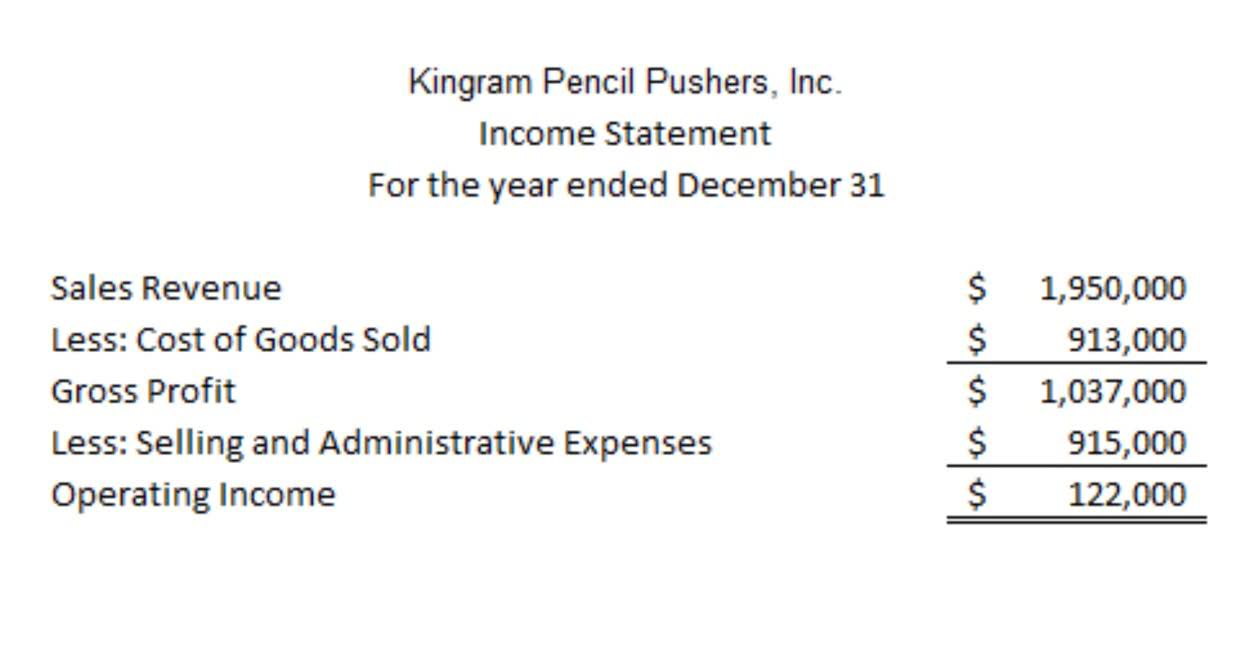
Furthermore, capital budgets outline potential future expenses, such as acquisitions, new equipment purchases, facility upgrades, and long-term project investments. Managerial accounting is the process of identifying and analyzing financial information so that management personnel can make better-informed business decisions. Although the specific underlying details of managerial accounts may vary from one business to the next, they often itemize a company’s spending practices, cash flow streams, debts, and assets. It also aids banks in evaluating whether or not a company is worthy of a business loan.
Develop a Scalable Business Model
It is important to review this information regularly because expenses that vary considerably from what is typically expected are commonly questioned during external financial audits. This field of accounting also utilizes previous period information to calculate and project future financial information. This may include the use of historical pricing, sales volumes, geographical locations, customer tendencies, or financial information.
Margin Analysis
An accounts receivable aging report categorizes AR invoices by the length of time they have been outstanding. For example, an AR aging report may list all outstanding receivables less than 30 days, 30 to managerial accounting 60 days, 60 to 90 days, and 90+ days. The best way to get a loan for a new business is to approach banks or other financial institutions and provide them with a business plan and your financial history.
Work in Process

Managerial accountants identify patterns and trends in historical data, investigate data fluctuations and variances, derive actionable insights, and make projections about future trends. The difference between the present value of cash inflows and cash outflows over a given period of time. Use our Excel inventory turnover calculator to determine what your business’s inventory turnover rate is. GAAP stands for Generally Accepted Accounting Principles and constitutes a set of accounting standards and rules issued by the Financial Accounting Standards Board (FASB). Managerial accounting, in contrast, uses pro forma measures that describe and measure the financial information tracked internally by corporate managers. Appropriately managing accounts receivable (AR) can have positive effects on a company’s bottom line.
To assist in monitoring productive efficiency and cost control, managerial accountants develop standard costs systems, flexible budgets, and balanced scorecards. These standards represent benchmarks against which actual productive activity is compared. Standards can be developed for labor costs and efficiency, materials cost and utilization, and more general assessments of the overall deployment of facilities and equipment (the overhead). The data collected encompasses all fields of accounting that informs the management of business operations relating to the costs of products or services purchased by the company. Managerial accountants use budgets to quantify the business’ plan of operations. Since these external people do not have access to the documents and records used to produce the financial statements, they depend on Generally Applied Accounting Principles (GAAP).
Selling Costs

Management accounting

- Review Figure 1.1 “A Typical Organization Chart” before moving on to the detailed discussion of each important finance and accounting position.
- As your small business grows, it’s important to have a scalable business model so that you can accommodate additional customers without incurring additional costs.
- Large companies with global or subsidiary operations need a robust, market-leading ERP system with embedded AI, machine learning, and analytics – and intelligent automation to transform business models and processes.
- There are several funding sources for brand-new businesses and most require a business plan to secure it.
- However, each transaction within this period is not accounted for with accrual accounting alone.
- A modern approach to close accounting is continuous accounting, which focuses on achieving a point-in-time close, where accounting processes typically performed at period-end are distributed evenly throughout the period.





